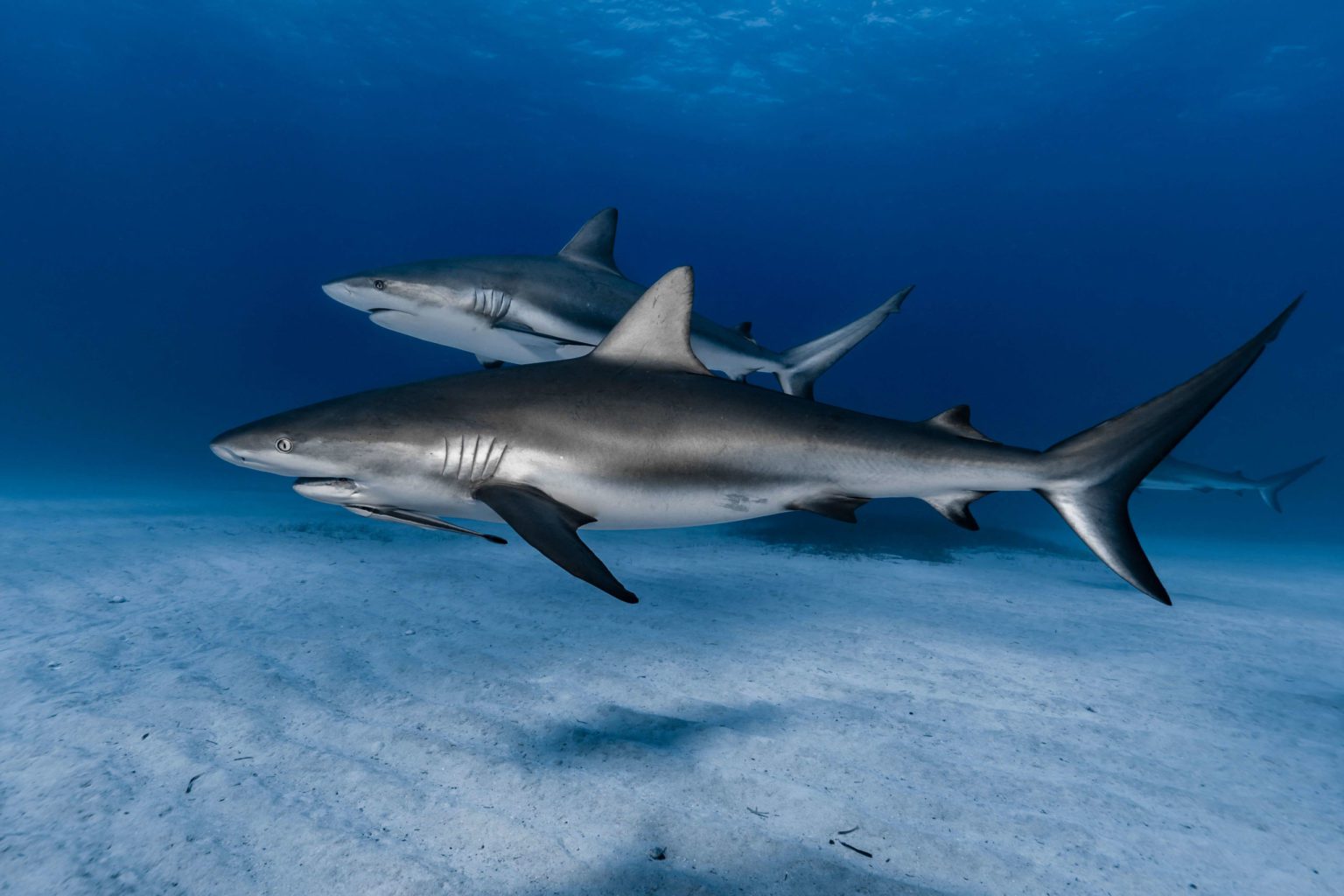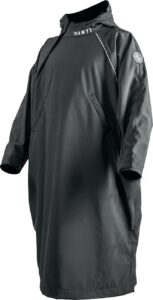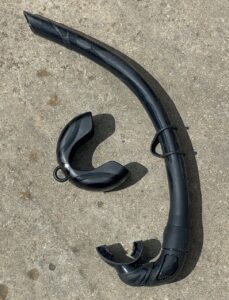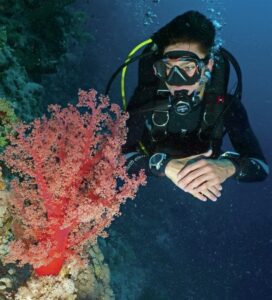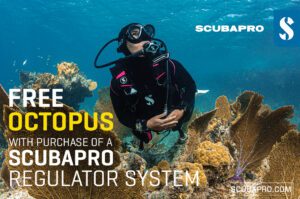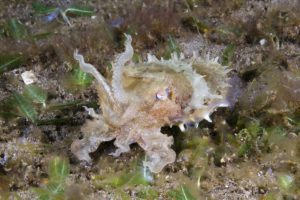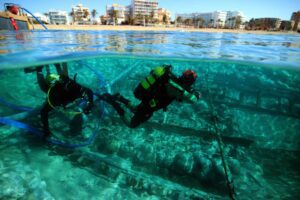If you were going to create a place for unspoilt water-based adventure, you would probably end up with something that looked a lot like the Caribbean.
The Caribbean incorporates a sublime blend of vibrant coral reefs, intriguing shipwrecks, turquoise seas, white sandy beaches, lush tropical forests, high mountain peaks, magnificent waterfalls, wondrous birdlife, brightly coloured villages, delicious dishes, welcoming locals and an irresistible ‘island-vibe’. Oh – and rum…
The Caribbean islands are also known as the ‘West Indies’ because when Columbus set out to reach Asia (known at the time as ‘the Indies’) by sailing west, he thought he had found the East Indies when he landed on the islands. When the error was discovered, they were renamed the ‘West Indies’.
Scuba Diving In The Caribbean Sea
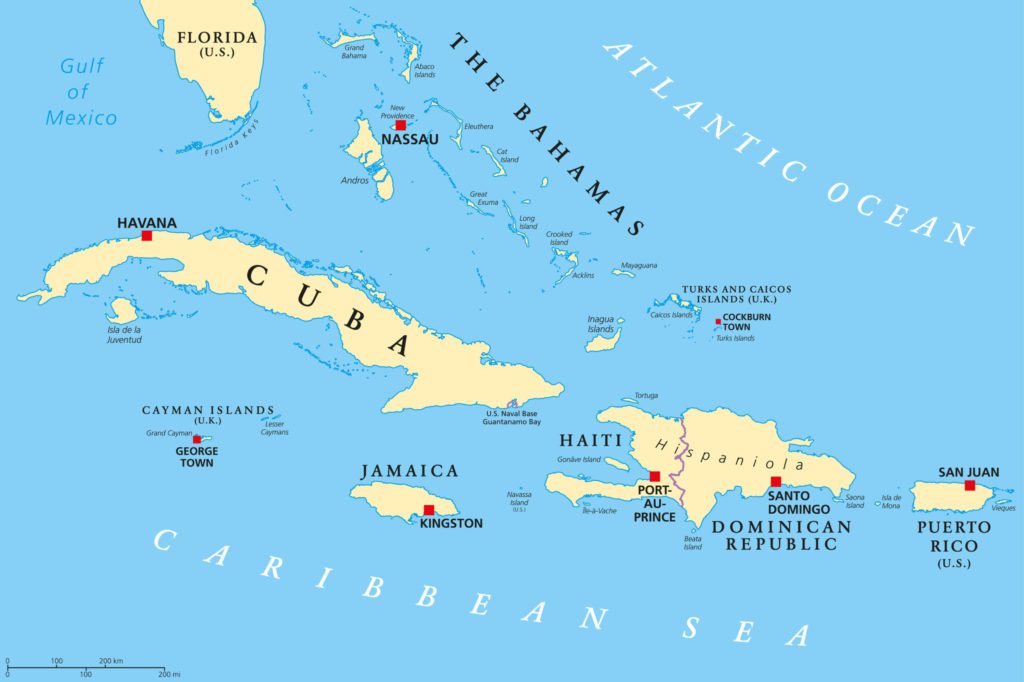
DID YOU KNOW? The Caribbean hosts nine percent of the world’s coral reefs, and is home to the second largest reef – the Mesoamerican Barrier Reef.
Editor’s Top 5 Dive Sites (Mark Evans)
Selecting your top five destinations in one specific area is hard enough, but with the Caribbean and the Americas, it is even tougher, as they are locations I have travelled extensively throughout, and many places hold special memories. But I have knuckled down and whittled the list to these five hotspots.
Scuba Diving in Grenada
I first visited Grenada way back in November 1999, and have been back nearly a dozen times since. The island is an absolute Mecca for wreck-diving enthusiasts, with an ever-growing fleet of sunken metal awaiting exploration below the surface. Why ever-growing? Well, Grenada has a prolific record for putting down purpose-sunk wrecks for dive attractions, and as it is on a busy shipping route that can experience rough weather conditions, these artificial reefs are regularly joined by genuine shipwrecks too. This is fantastic news for divers, and whether you are a newly qualified open water diver or a hardcore diving veteran, you will find a multitude of shipwrecks awaiting your visit, from the 181-metre, 18,500-ton ocean liner Bianca C, the cargo vessel Shakem and the former US Navy minesweeper King Mitch to the Twin Tugs Westsider and Boris, the MV Hildur, and the Tyrrel Bay patrol boat.
And if you aren’t into your sunken metal – and why not? – never fear, the sheer amount of marine growth and fish life that lives on and around the wrecks means every dive is a swirling riot of vibrant colour, plus Grenada also boasts numerous healthy reef dives to complement all that rusting metal.
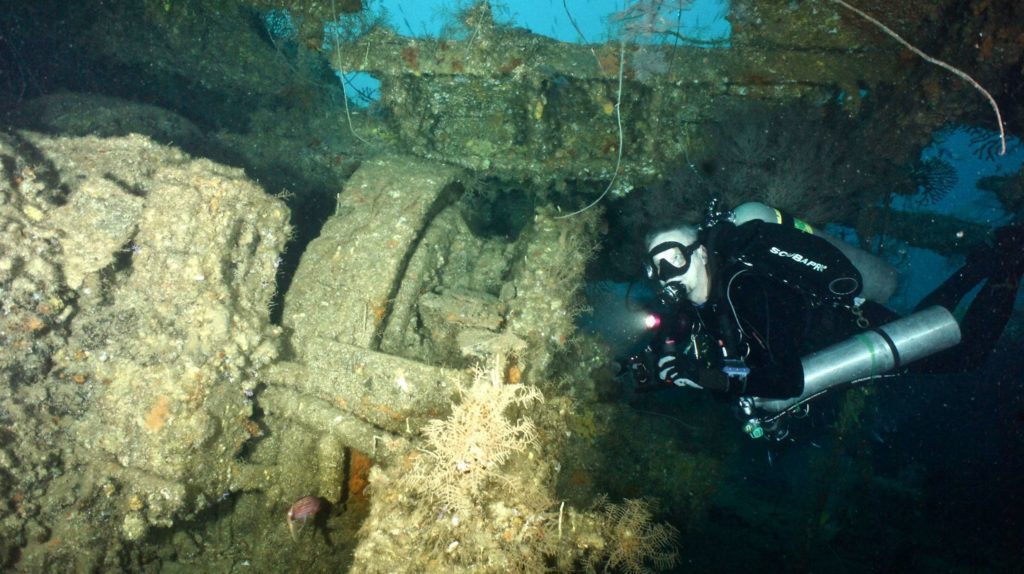
DID YOU KNOW? Spread over one million square miles and 13 countries, the Caribbean truly comprises of island nations, but out of 7,000 islands, only 100 or so are inhabited.
Scuba Diving Florida, USA
The coastline of Florida is blessed with some awesome dive sites. There are some great reef dives, but wreck diving is where it is at. Florida is home to the world’s three largest artificial reefs – and I have been lucky enough to dive all of them.
Coming in at three is the Spiegel Grove off Key Largo. A dock landing ship, the Grove is a whopping 155 metres long and just shy of 9,000 tons. It is now sporting a thick coating of marine growth and attracts all manner of fish life.
Number two is the 159-metre, 10,000-ton Hoyt S Vandenberg. Originally a transport vessel, it was refitted as a missile range instrumentation ship and still boats huge radar dishes. It was sunk off Key West in May 2009. After over 12 years on the seabed, she is collecting a decent amount of marine and coral growth.
The world’s largest artificial reef – and by quite some margin – is the aircraft carrier USS Oriskany. It is a staggering 278 metres long and weighs nearly 30,000 tons! It was scuttled off the coast of Pensacola in the Gulf of Mexico in May 2006. Recreational divers can explore the island, and the flight deck and below is a veritable playground for technical divers. I have done 45 dives on the Oriskany, and I have not even scratched the surface!
DID YOU KNOW? The Caribbean was shaped by volcanic activity, and this looks set to continue, as there are currently 19 ‘live’ volcanoes in the eastern Caribbean.
Scuba Diving Bonaire
The tiny island of Bonaire is the self-proclaimed ‘shore-diving capital of the world’, and the ease of diving in its warm, clear waters is one of the main reasons it is so popular with divers from around the world. Yes, you can boat dive most of the dive sites – and if you want to see the dive spots around the small islet of Klein Bonaire you will need to use a boat – but by and large, the majority of divers opt to strike out on their own in a rented pick up and choose their own dive sites.
I much prefer ‘doing my own thing’, as when I am taking photographs, I don’t want to be playing ‘follow my leader’ on a group dive. In Bonaire, buddy pairs can drive the coastal road and stop at whichever yellow marker rock takes their fancy (each dive site is clearly marked with a yellow-painted stone and the site name). If your planned site is busy, just roll on to a quieter one. Once there, you can kit up at your leisure, decide which direction you are going, and just enjoy your dive. If you find something unusual it captures your attention, you can spend your entire dive time in that one location. Being on your own time schedule has a lot going for it.
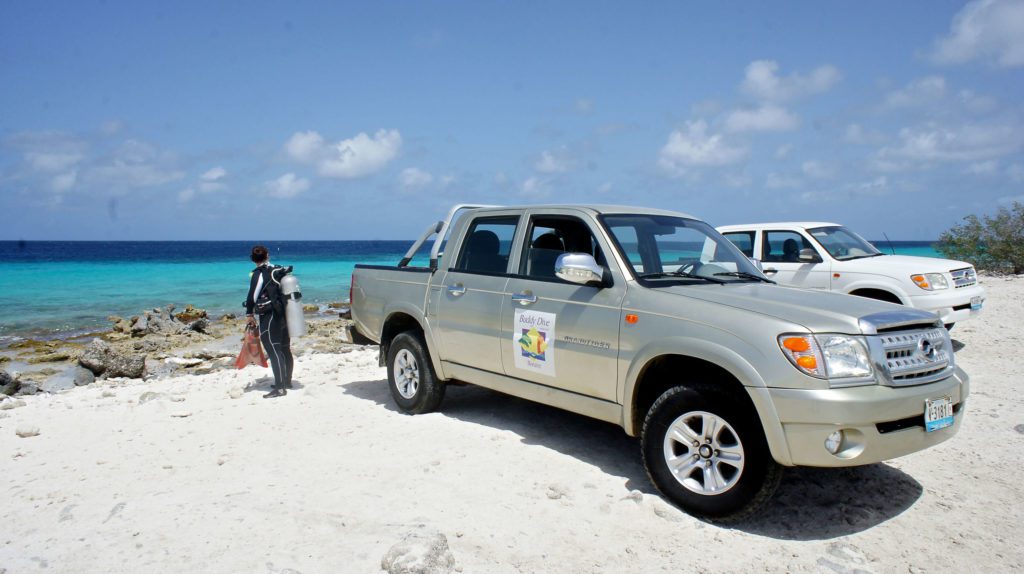
Scuba Diving The Cayman Islands
These three islands in the middle of the Caribbean have some of the most colourful corals and sponges in the clearest waters I have ever seen, thanks to the fact that there are no rivers producing any runoff, and currents bring fresh nutrients in from the deep.
The sheer walls dropping off into the blue make for some seriously dramatic dives, but because they start in shallow depths – just 5m on Little Cayman – they can be enjoyed by all levels of diver. Novices will be amazed just hanging in the top 20m and looking down into the abyss, while technical divers can venture to more-extreme depths.
The Cayman Islands are famed for their wall diving, but that is not all that is on offer. There are several shallow reef systems worth exploring, and a handful of shipwrecks, including the 95-metre frigate MV Keith Tibbetts, one of only a few sunken Russian warships in the western hemisphere, and the 76-metre USS Kittiwake, a submarine rescue vessel sunk in 2011 off Seven Mile Beach.
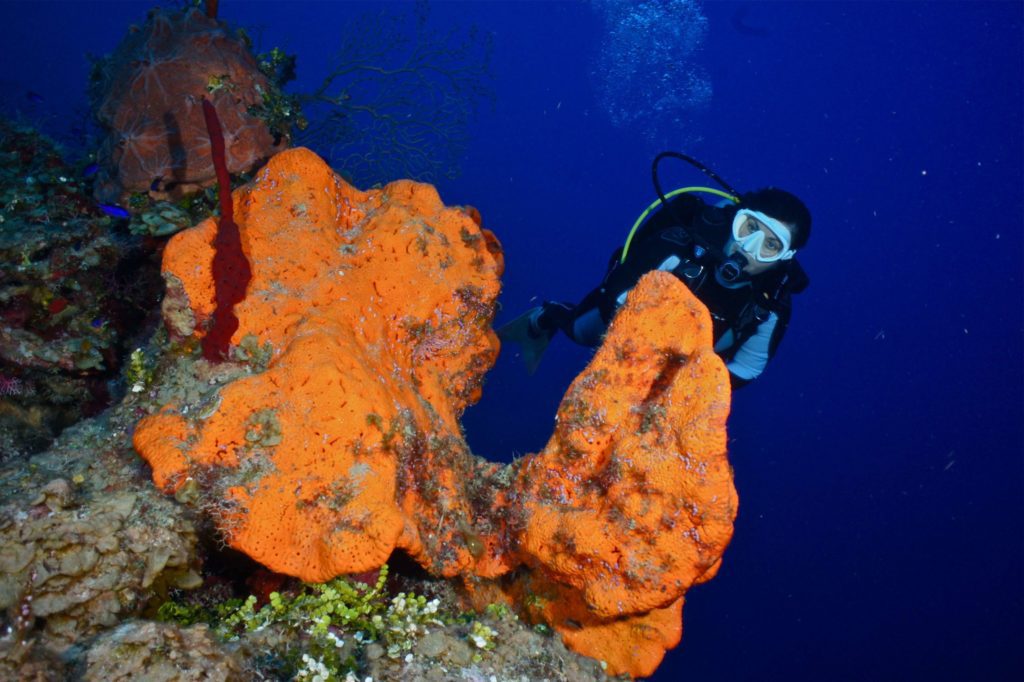
DID YOU KNOW? Parts of the Pirates of the Caribbean movies were filmed in the Caribbean, which was a proper pirate hotspot in real life.
Scuba Diving The Bahamas
Think shark diving and the Bahamas inevitably pop up in the equation. Thanks to long-established shark-diving operations such as Stuart Cove’s on Nassau, which attracts scores of Caribbean reef sharks, and the shallow waters off Bimini and Grand Bahama that bring in great hammerheads and tiger sharks, this island chain is undoubtedly one of the go-to places for diving with sharks and I have had some thrilling dives here.
However, while the shark diving here is superlative, there is far more to the Bahamas than the ‘men in grey suits’. The reefs are full of marine life, some of the wall diving is truly spectacular, and there are some awesomely fast drift dives for a shot of adrenaline, but the Bahamas' other main draw is wreck diving. The majority of the wrecks are purpose-sunk, either for divers or for movies – and subsequently enjoyed by divers – and these have become thriving habitats for fish and crustaceans.
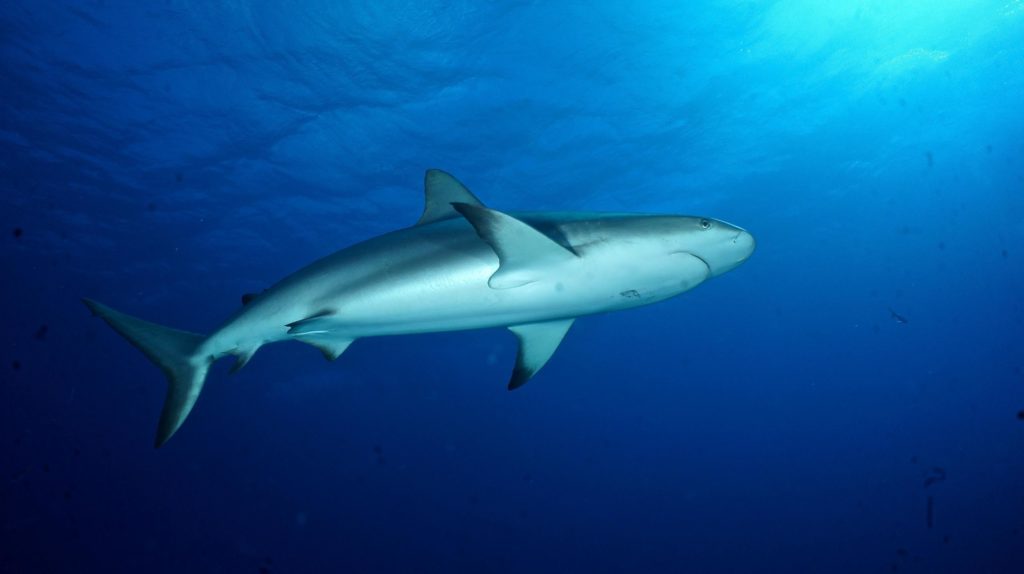
Find more inspiration for your dive trips this year in the Ultimate Divers Guide.
